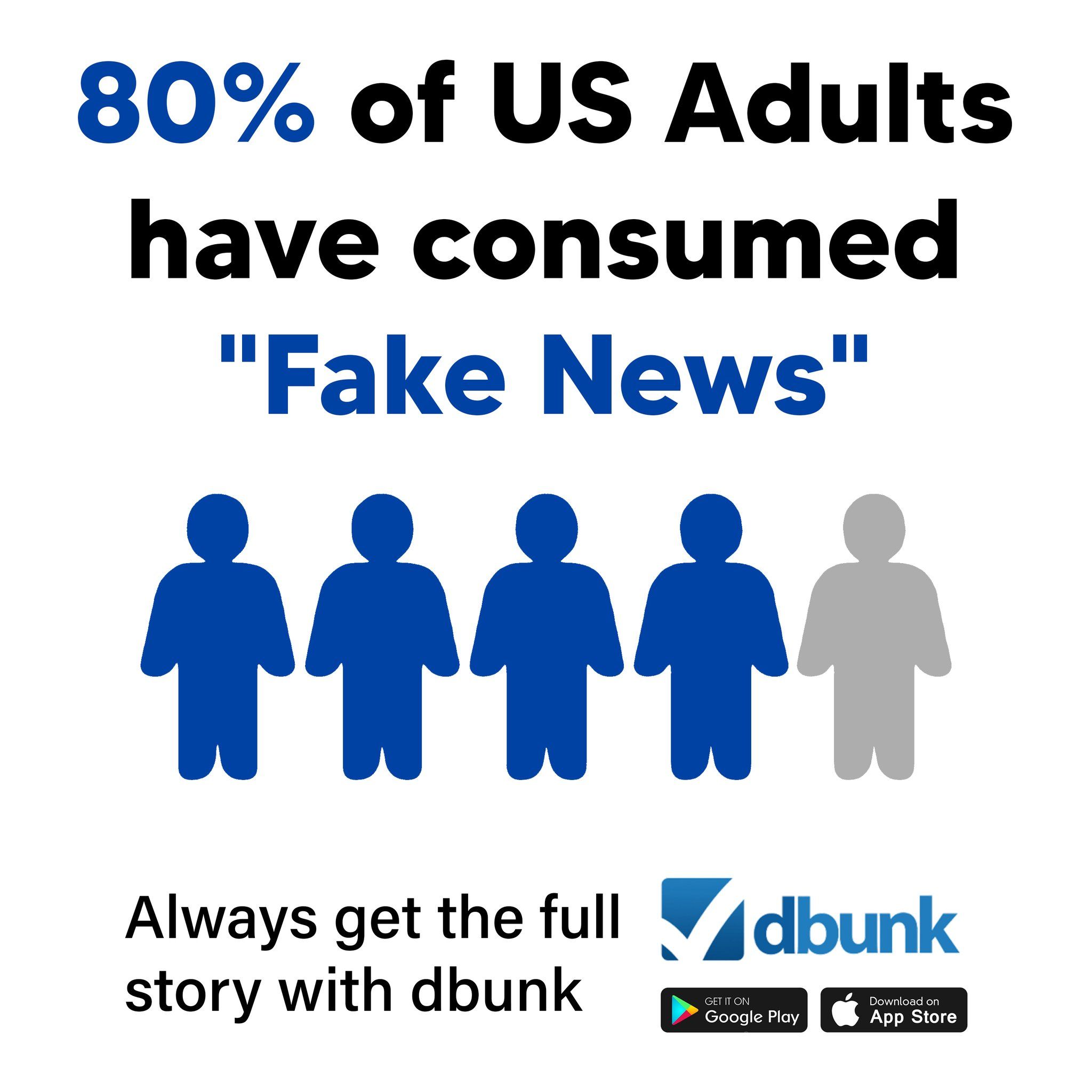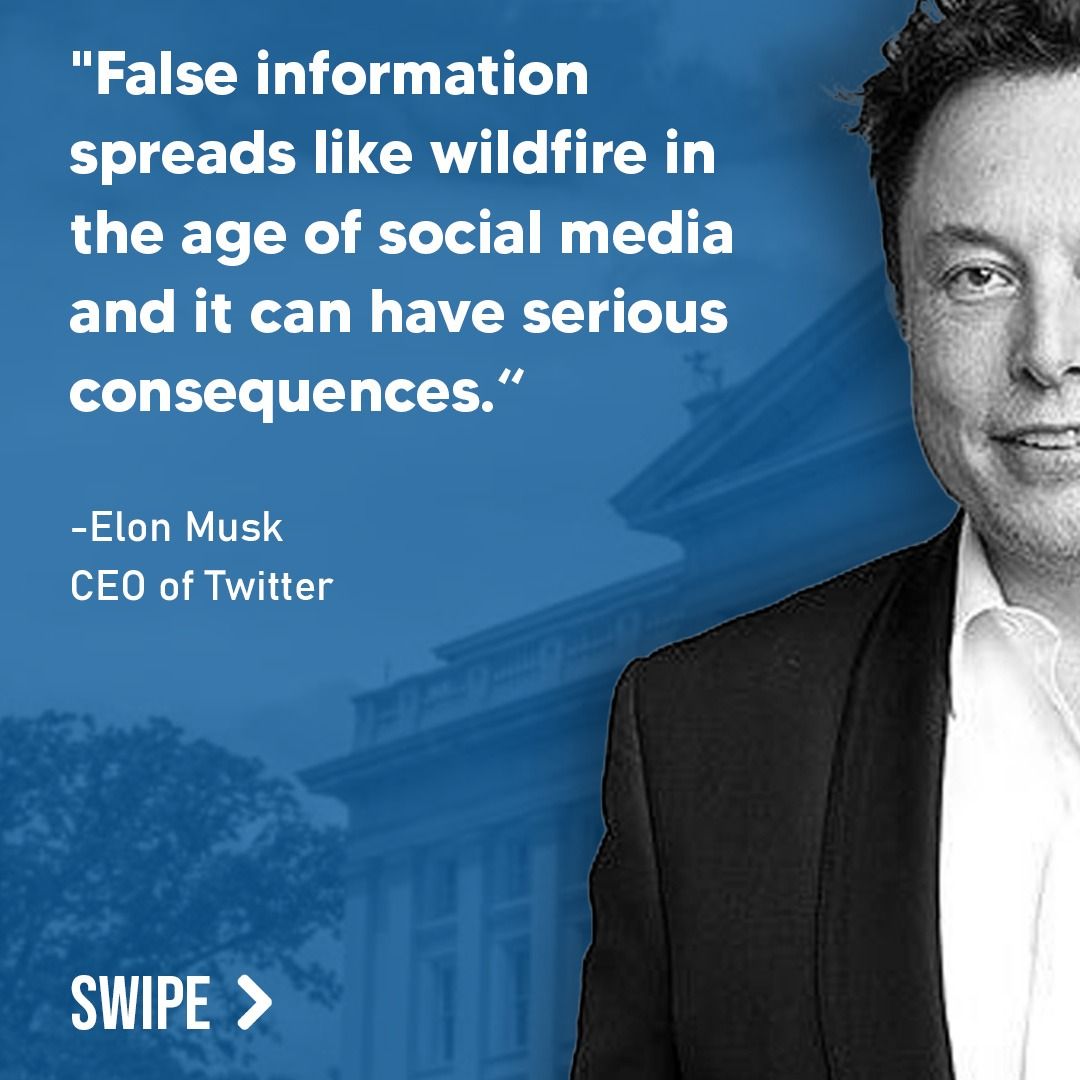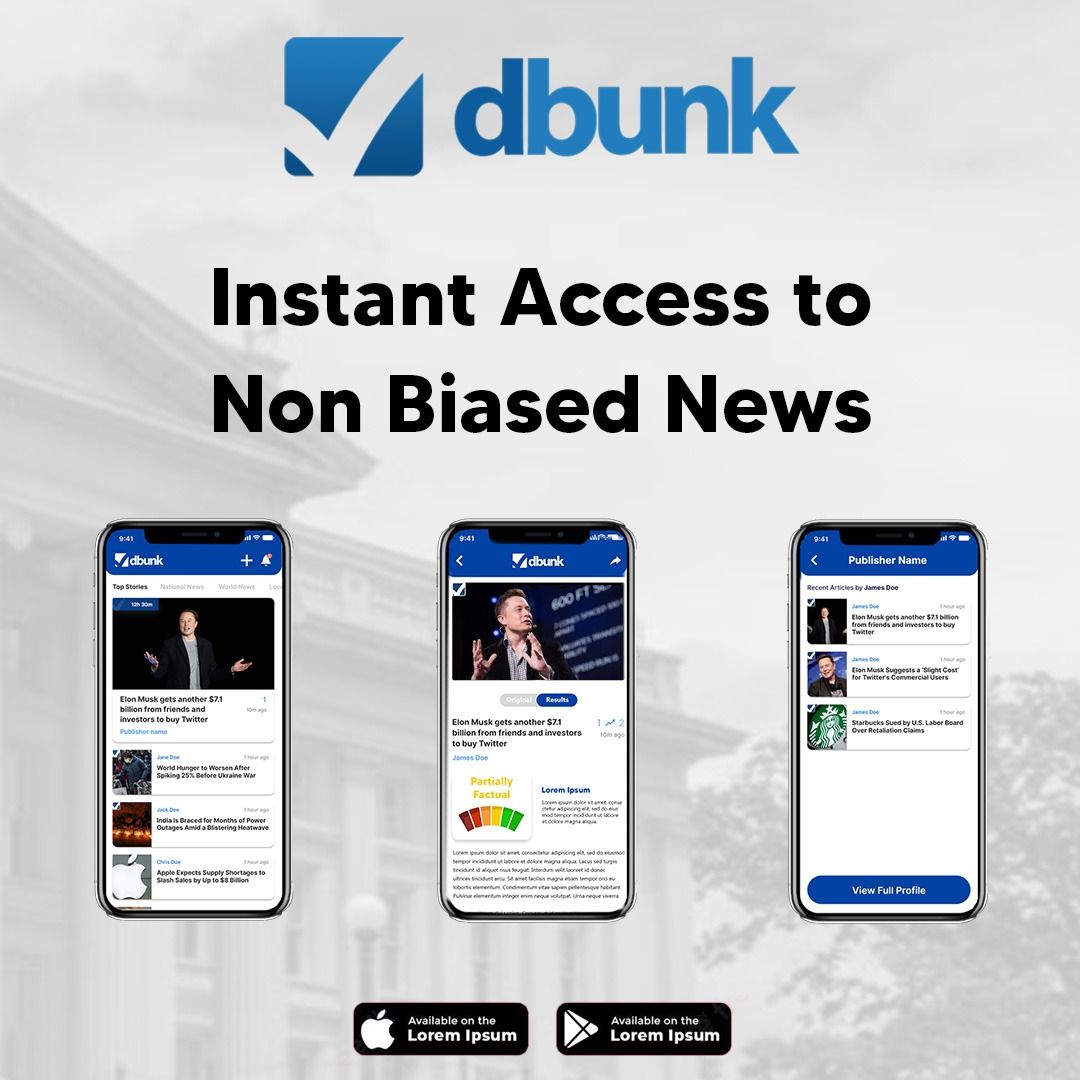
Fact Check Analysis: Judge Further Blocks White House Spending Freeze
At DBUNK LLC, one of our subscribers submitted a fact check request asking us to investigate this article published by The New York Times on February 3, 2025, titled “Judge Further Blocks White House Spending Freeze.” We appreciate their dedication to seeking factual clarity and remind all users that fact check submissions are free and openly available through our app!
Preliminary Overview
The central claim of this article, authored by Charlie Savage, is that a federal judge temporarily blocked the Trump administration from enforcing a sweeping freeze on federal grants and loans. To interpret whether these claims are fully accurate, unbiased, and well-contextualized, DBUNK conducted a comprehensive fact-check.

What We Found
Here are the DBUNK findings after reviewing the claims and context surrounding this article:
1. Misrepresentation of the Judge’s Order
The article states that the ruling by Judge Loren L. AliKhan explicitly applied to “all federal grants, loans, and other spending.” However, court filings show that Judge AliKhan’s order was more nuanced: it applied to programs under the direct purview of the Office of Management and Budget (OMB) freeze. While the freeze did potentially affect trillions of dollars in federal spending, the scope of Judge AliKhan’s order only applies to a subset of that figure. The article’s wording exaggerates the breadth of her decision, inadvertently misleading readers.
What this means: The full range of federal funding was not directly restrained by this order, only programs under the OMB’s governance.

2. Missing Context on the States Involved in the Case
The article mentions another ruling from a federal judge in Rhode Island but lacks critical context about the states behind the initial case. Specifically, nine states (led primarily by Democratic attorneys general) joined the Rhode Island lawsuit. Omitting details about which states were involved leads to incomplete reporting, particularly for readers seeking to understand the political motivations behind the legal challenge.
Why this matters: Transparency about the states producing legal challenges adds depth for readers who want to see the full picture of who initiated these cases and why.

3. Ambiguity in the “Irreparable Harm” Argument
The article quotes Judge AliKhan noting that the funding freeze threatens the operational integrity of countless organizations, highlighting the plaintiffs’ claims of irreparable harm. While this assertion is rooted in the judge’s opinion, the article does not provide concrete examples of “countless organizations” it refers to, nor does it explore which specific sectors—healthcare, education, or infrastructure—would be most impacted. This lack of specificity leaves readers without full insight into the real-life consequences of the spending freeze.
What readers should know: The impact of the freeze would likely have been most severe on federally funded programs serving low-income and underserved populations, such as Medicaid expansion and housing assistance programs.
Addressing the User’s Question
In response to the user’s purpose—“What’s the real impact of this freeze—who would’ve been hurt the most if the judges hadn’t stepped in?”—here’s a crucial takeaway: If the freeze had gone through, the most significant harm would likely have been dealt to communities reliant on federal programs. This includes low-income families dependent on housing programs, students benefitting from educational grants, and healthcare facilities serving Medicaid and Medicare populations. Additionally, nonprofits and small businesses accessing federal loans might have faced operational collapses.
Federal grants also extend to areas like disaster relief funding, making states recovering from natural disasters particularly vulnerable had the freeze continued. Judge AliKhan’s decision temporarily prevents these far-reaching scenarios, but the debate over executive power in federal spending remains a critical issue to watch.

Conclusion
While the article provides strong reporting on key judicial rulings, it misrepresents the scope of the judges’ orders, omits vital context about state involvement, and fails to detail the real-life impacts of the freeze. For readers seeking clarity, the original article should be supplemented with further research into the specific areas affected by this case.
At DBUNK, we remain committed to empowering you to cut through misinformation and keep trust in journalism alive. Don’t forget to connect with us on social media and download our latest app designed to keep you informed and equipped to combat fake news!

